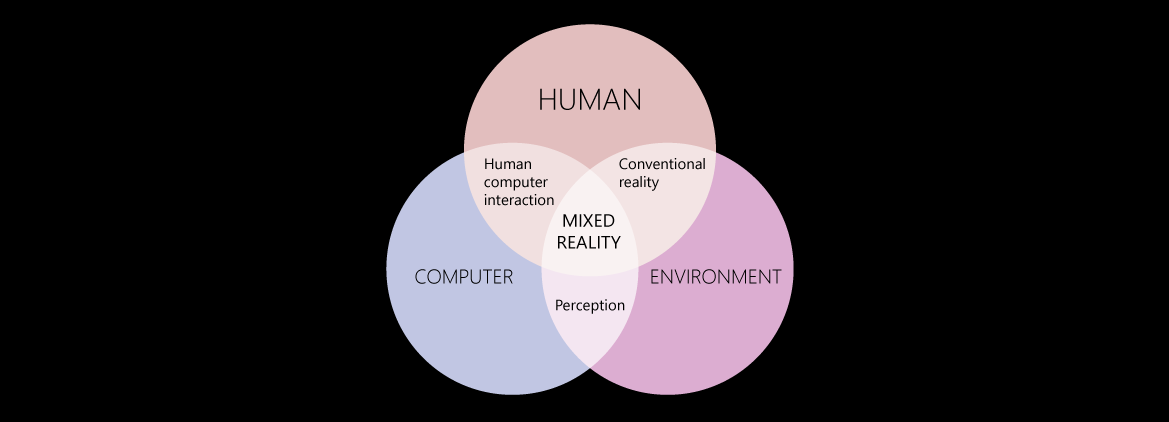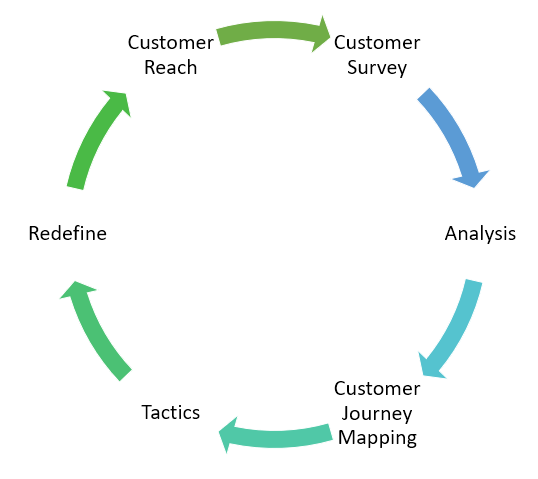
Participants were asked to count the number of times the team in white passed the ball. In this study, participants watched a video of people dressed in black and white passing basketballs. One of the most interesting demonstrations of how important attention is in determining our perception of the environment occurred in a famous study conducted by Daniel Simons and Christopher Chabris (1999). You can view the transcript for “selective attention test” here (opens in new window). See for yourself how inattentional blindness works by watching this selective attention test from Simons and Chabris (1999): The fact that you no longer perceive the sound demonstrates sensory adaptation and shows that while closely associated, sensation and perception are different. The clock is still ticking, and that information is still affecting sensory receptors of the auditory system. Upon first entering the room, you can hear the ticking of the clock as you begin to engage in conversation with classmates or listen to your professor greet the class, you are no longer aware of the ticking. Imagine entering a classroom with an old analog clock. In fact, we often don’t perceive stimuli that remain relatively constant over prolonged periods of time. For example, upon walking into a kitchen and smelling the scent of baking cinnamon rolls, the sensation is the scent receptors detecting the odor of cinnamon, but the perception may be “Mmm, this smells like the bread Grandma used to bake when the family gathered for holidays.”Īlthough our perceptions are built from sensations, not all sensations result in perception. One way to think of this concept is that sensation is a physical process, whereas perception is psychological. Now you are processing the shape in a top-down fashion. When given a context, your perception is driven by your cognitive expectations. Surrounded by numbers, the same shape now looks like the number “13.” Figure 3. With top-down processing, you use context to give meaning to this image. In that context, you perceive the lines to form the shape of the letter “B.” Figure 2. With top-down processing, you use context to give meaning to this image. Surrounded by sequential letters, your brain expects the shape to be a letter and to complete the sequence. Now, look at the same shape in two different contexts. Figure 1. What is this image? Without any context, you must use bottom-up processing. There is no context to give it a specific meaning, so there is no top-down processing involved.

There are two thick vertical lines and three thin horizontal lines. Seen alone, your brain engages in bottom-up processing. On the other hand, how we interpret those sensations is influenced by our available knowledge, our experiences, and our thoughts.

Bottom-up processing refers to the fact that perceptions are built from sensory input. Perception involves both bottom-up and top-down processing.


Perception refers to the way sensory information is organized, interpreted, and consciously experienced. While our sensory receptors are constantly collecting information from the environment, it is ultimately how we interpret that information that affects how we interact with the world. Discuss the roles attention, motivation, and sensory adaptation play in perception.


 0 kommentar(er)
0 kommentar(er)
